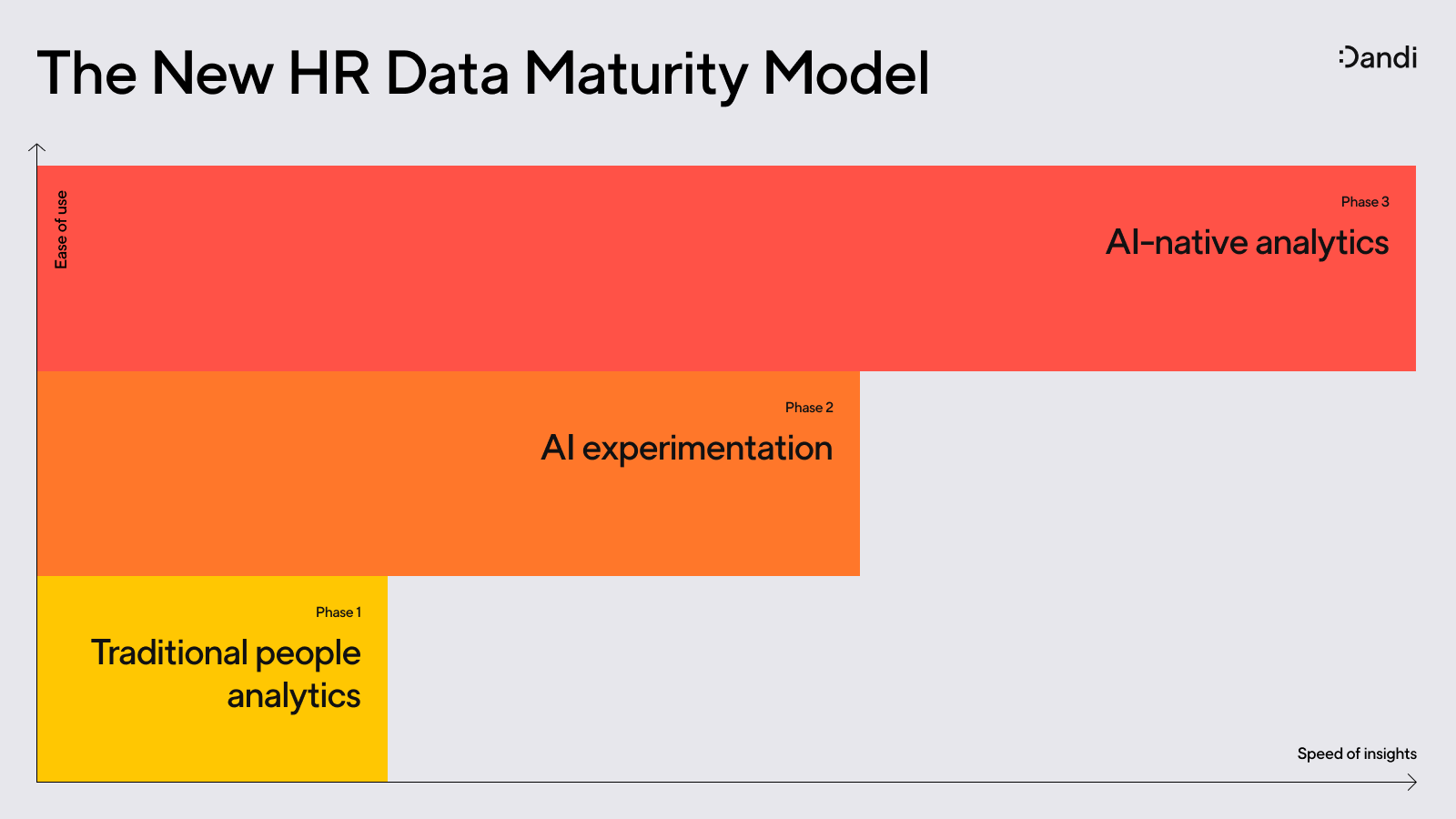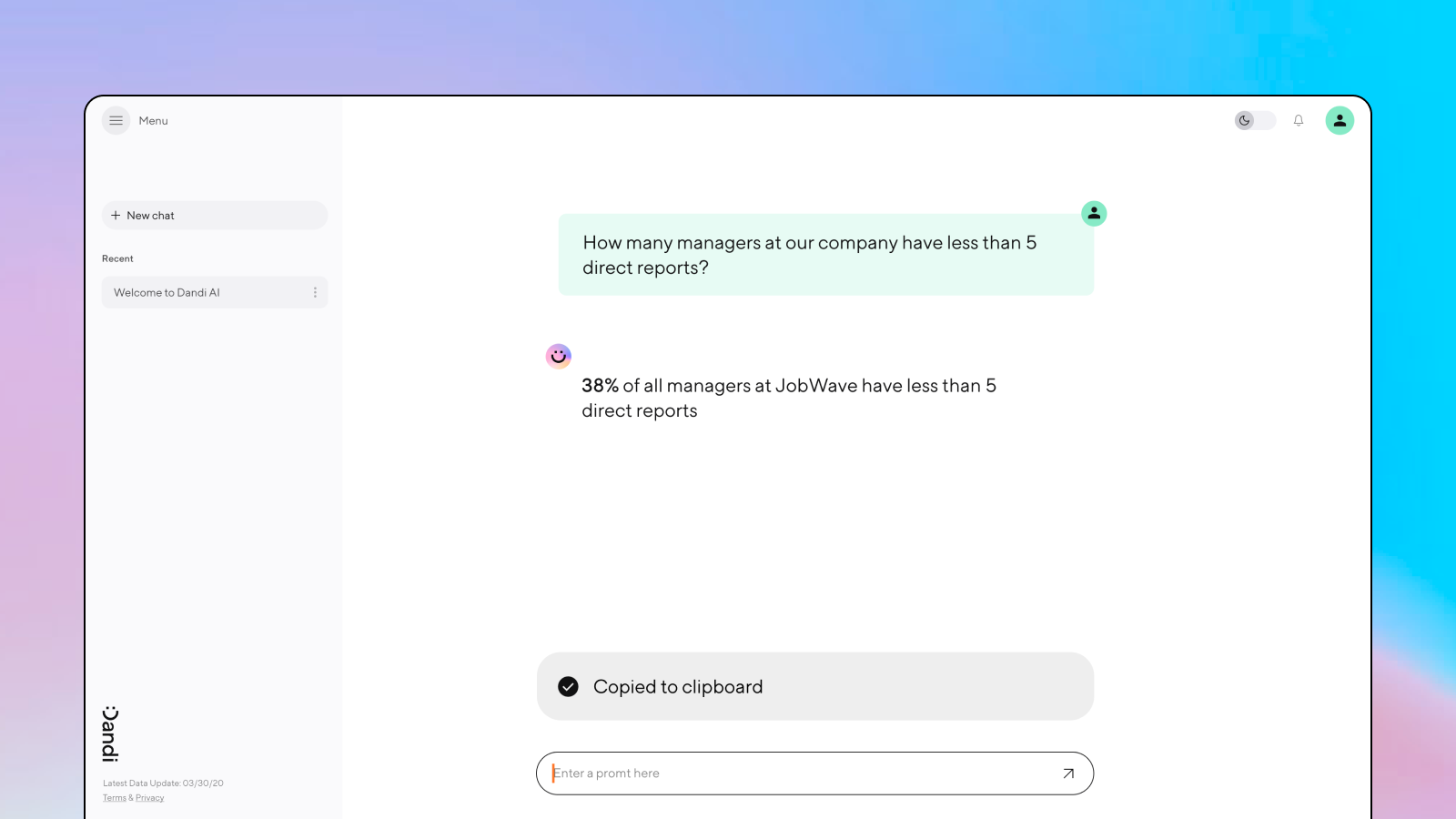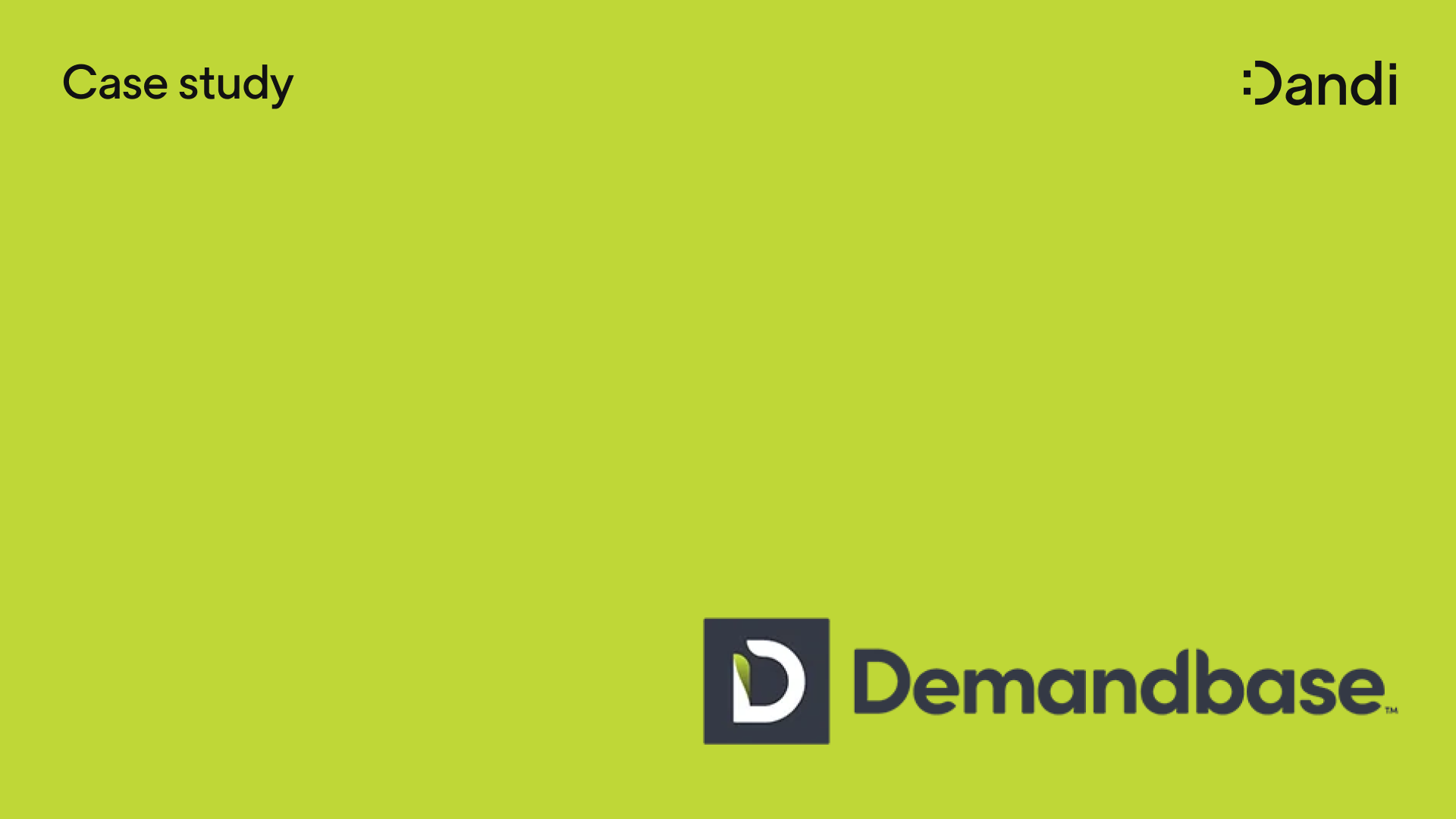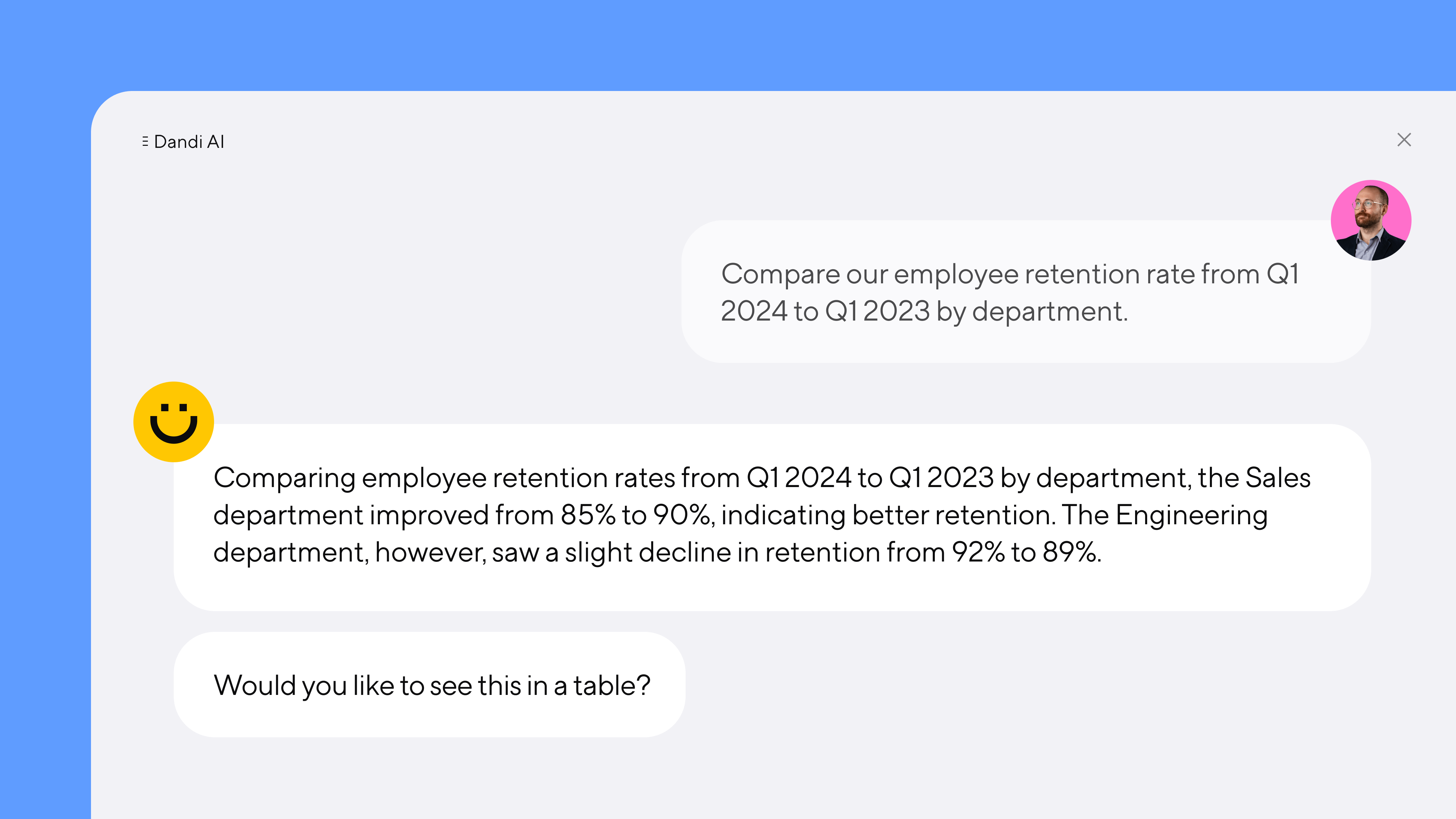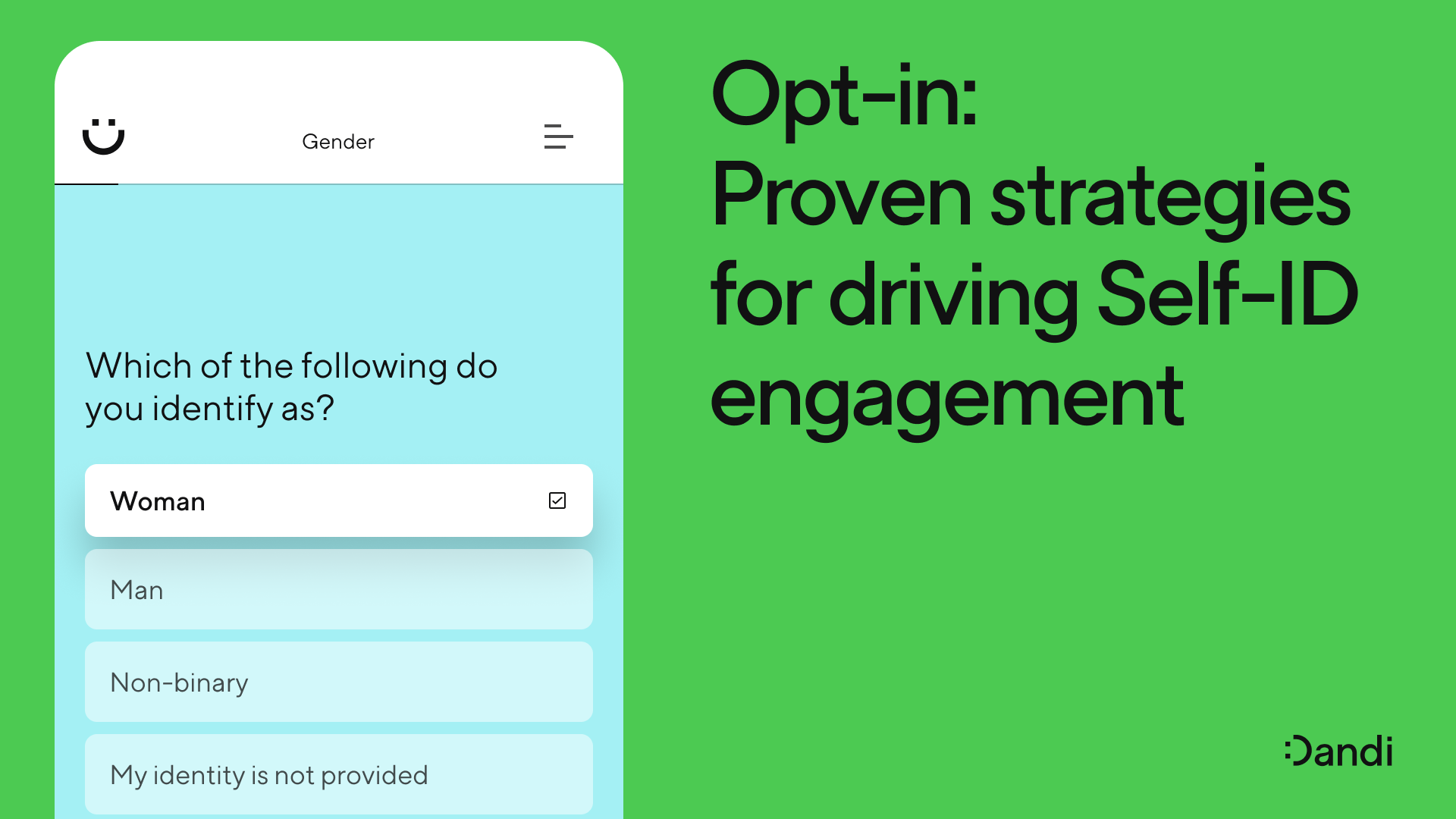5 essential talent and development dashboards
Catherine Tansey – May 1st, 2024
Prioritizing effective talent retention and development is key for organizations looking to remain competitive. Learn how to discover insights that drive stronger talent strategies.

When it comes to people initiatives, there isn't one single most critical element. But, when companies neglect to develop and retain the talent they invest in, they risk squandering their most crucial investment.
“Good talent is hard to come by, especially in a tight labor market. Since employees are the largest investment of any company, it is a better use of time and money to retain and develop staff than to frequently backfill due to high turnover,” says Julie Lamothe-Jensen, founder and principal at Moxie HR Strategies, an HR consulting firm. “It's not just the cost of recruitment either, but also the time and productivity that is lost while onboarding and integrating new talent,” she adds.
But it’s not enough to simply track performance metrics in HR, like time to hire, employee engagement score, and employee turnover rate. As you refine your talent strategy for 2024, here are the top metrics you should be tracking.
Broken rung analysis

Finding and remediating gaps in promotion will help you prevent unwanted employee loss and foster a more equitable company.
“It’s essential that HR conduct regular promotion analysis to ensure equitable promotion practices across demographics at all levels of the organization,” says Lamothe-Jensen.
Promotions are a critical area of focus because we know that some demographic groups are less likely to receive promotions than others. One 2020 peer-reviewed article that examined promotion rates among more than 4,500 assistant principals found that Black men were the least likely to be promoted to principal. The same study also found that even though women had on average over a year more of experience, they were less likely to be promoted to high school principal than white men.
Research shows that promotions make it more likely employees will stay. LinkedIn’s 2022 Global Talent Trends Report found a 22% lift in retention alongside internal mobility.
Research also shows that promotions can make it more likely employees will stay. LinkedIn’s 2022 Global Talent Trends Report found a 22% lift in retention alongside internal mobility.
HR data insights related to promotions allows companies to zoom out and look for trends over time.
“We all have biases, even in HR, and regardless of how much time and attention you put into a promotion or performance review process, bias can still creep in,” says Emily Goodson, an HR consultant specializing in organizational culture and inclusion.
“Having a dashboard where you can look at the data of tenure, performance scores, performance ratings, feedback, and then cut that data across ability, race, gender, and other diverse characteristics provides an additional bias check,” she adds.
Pay equity

Perceptions of pay equity can be powerful drivers of retention — or a lack thereof. Employees who feel they’re being paid unfairly are more likely to move on. Meanwhile, “equitable and fair pay is among the greatest drivers of employee satisfaction,” writes Josh Bersin in his 2022 HR Predictions report.
To support talent retention, companies need to continuously monitor for pay gaps across multiple demographic categories.
“It’s so important to be able to look at comp intersectionality. It’s essential to be able to pull, on a regular basis, what everyone makes in which job, then look across race, gender, ethnicity, ability, and other demographics to ensure there aren't any gaps that have crept in because of bias,” Goodson says.
Real-time awareness allows you to remediate pay gaps as they develop to move toward a standard of equal pay for equal work. Beyond bolstering retention, ensuring equal pay for equal work supports employee engagement and productivity, too. Data from Indeed shows that 80% of employees are more productive and engaged when they feel they are paid fairly.
A reputation for fair compensation also pays dividends in T&A: Indeed also found that 75% of workers are more likely to apply for a job when the company shares pay transparently.
“People don’t want to stay at companies where they feel like their basic needs aren’t being met. And some of those needs are compensation. Employees need to feel safe psychologically but also physically taken care of in terms of their livelihood with their compensation,” Goodson says.
Turnover rate

When it comes to non-voluntary separation, companies need both a deep and broad understanding of the landscape.
“Without identifying and fully understanding the root causes of employee turnover, how can HR develop an effective retention strategy?” asks Lamothe-Jensen.
While employees leave for lots of reasons, it’s ultimately because they’ve found a better option elsewhere. “Companies need to understand why people have left, first and foremost. But then, it’s about looking for patterns in the data,” says Goodson. “For instance, if you have a male in leadership whose team is all women and they all turn over within a year, then that’s potentially problematic,” she adds.
In those cases, it’s up to HR to lean into the data — reasons for leaving, pay, promotion, engagement, and more — to glean insight.
“Considering the high employee turnover rate, we can then look for, for example, feedback that was perhaps raised about that individual’s management style, and then provide coaching or development,” says Goodson.
This last piece is key. As Lamothe-Jensen points out, “If there is a toxic department manager with high turnover in their team, it's likely turnover will continue as long as that boss is allowed to manage the team in the same way,” she says.
Training effectiveness
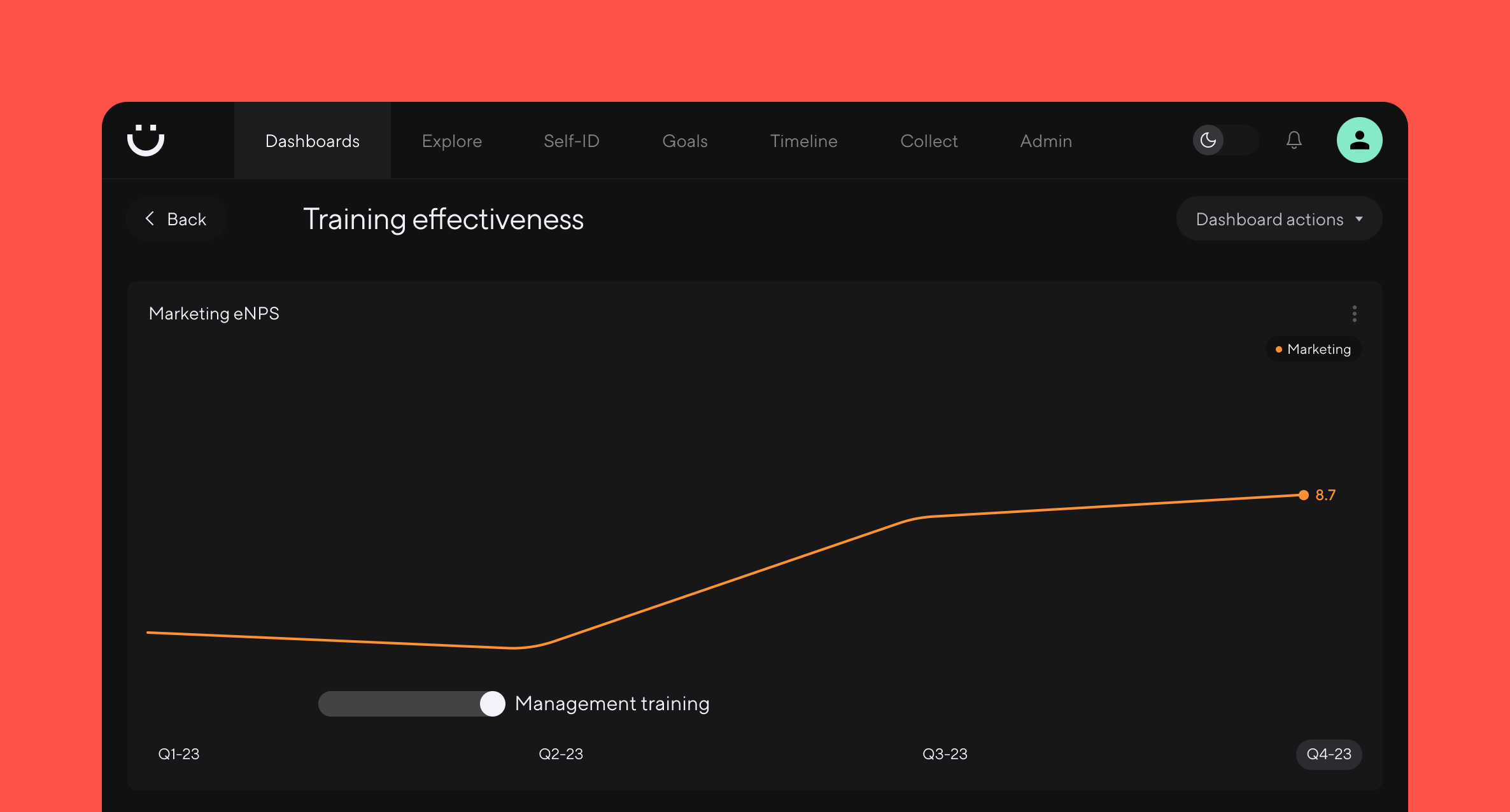
Training and development is a core element of retention, and looms even larger in importance when we think about DEI.
“When you're thinking about building a diverse and inclusive workforce, development and growth should be an even bigger priority because, if you're building a diverse workforce, you're going to be open to bringing in people who have non-traditional backgrounds or areas in their resumes that you want to help them upskill,” says Goodson.
To measure training effectiveness, HR should look at outcomes and how outcomes change over time. Survey employees on their skillset in advance of the training, and then survey after to assess the progress they’ve made.
Like stretch assignments, like promotions, training represents an opportunity to develop skill sets, gain visibility, and ultimately advance careers. HR must also be examining who receives these opportunities for development.
Engagement
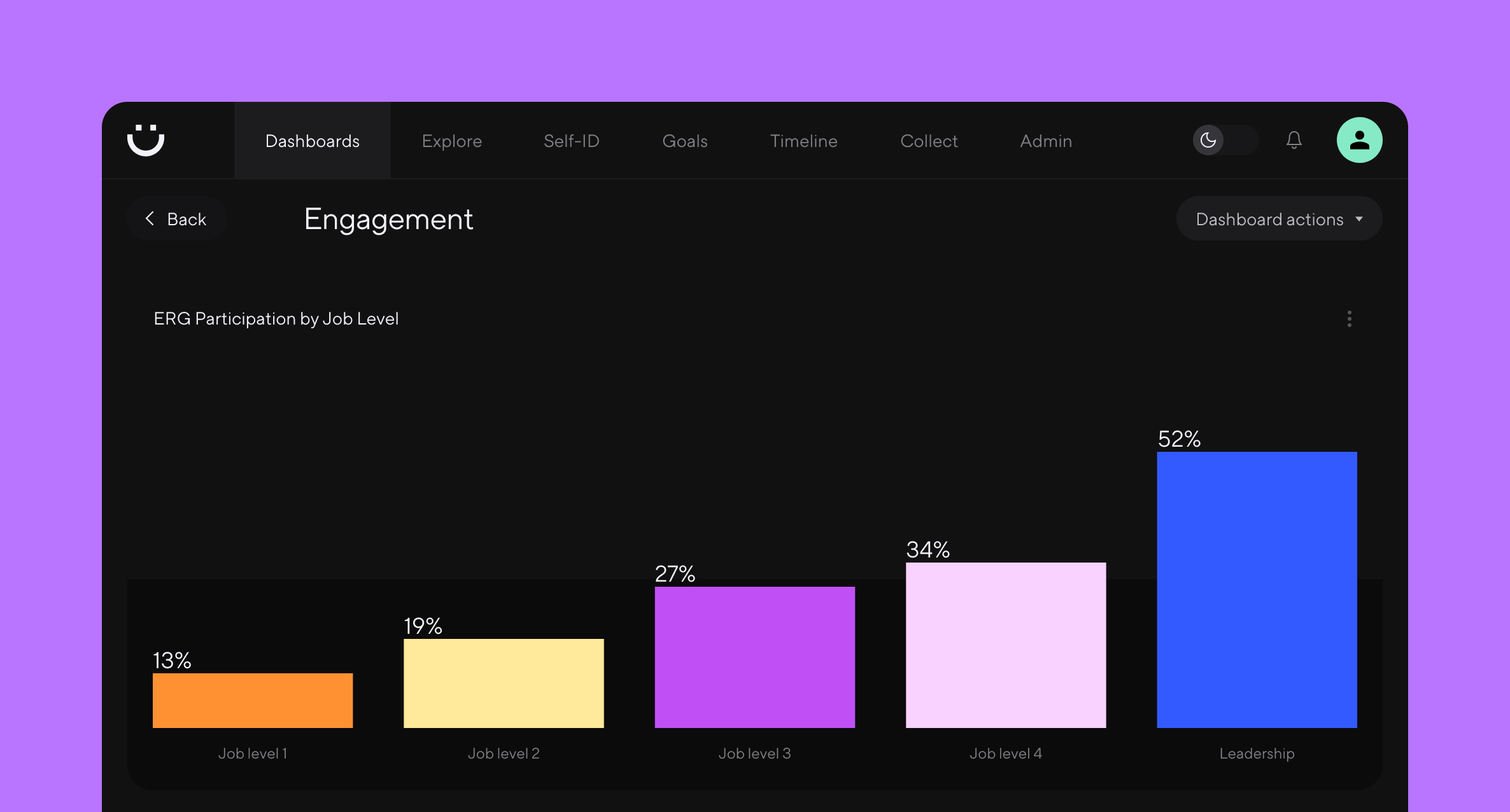
Employee engagement is one of the most prescient talent metrics when it comes to retention. Study after study prove that engaged employees are more productive, experience less burnout, and stay at organizations longer, while the converse is also true.
But it’s not enough to just look at top line data of employee engagement scores from the general population. Companies need to take an intersectional lens to engagement data to understand which employee populations are generally the most engaged or disengaged, allowing you to build targeted programs in return.
Population-specific campaigns to increase engagement in turn increase retention, and can even lead to greater profitability. A survey of over 21,000 companies across 91 countries conducted by the Peterson Institute for International Economics found that companies with a minimum of 30% women in senior management positions had 15% higher profits.
Drive stronger talent strategies
Prioritizing effective talent retention and development is key for organizations looking to remain competitive. By actively nurturing and empowering their workforce, HR teams not only mitigate the risk of costly attrition but can also help to advance, directly and indirectly, nearly every strategic advantage at the company.
Want to spend less time digging for insights? See how Dandi streamlines HR reporting.
More from the blog
Announcing more powerful Dandi data visualizations
Team Dandi - Oct 23rd, 2024
The New Maturity Model for HR Data
Catherine Tansey - Sep 5th, 2024
Buyer’s Guide: AI for HR Data
Catherine Tansey - Jul 24th, 2024
Powerful people insights, 3X faster
Team Dandi - Jun 18th, 2024
Dandi Insights: In-Person vs. Remote
Catherine Tansey - Jun 10th, 2024
Introducing Dandi AI for HR Data
Team Dandi - May 22nd, 2024
5 essential talent and development dashboards
Catherine Tansey - May 1st, 2024
The people data compliance checklist
Catherine Tansey - Apr 17th, 2024
5 essential EX dashboards
Catherine Tansey - Apr 10th, 2024
Proven strategies for boosting engagement in self-ID campaigns
Catherine Tansey - Mar 27th, 2024


